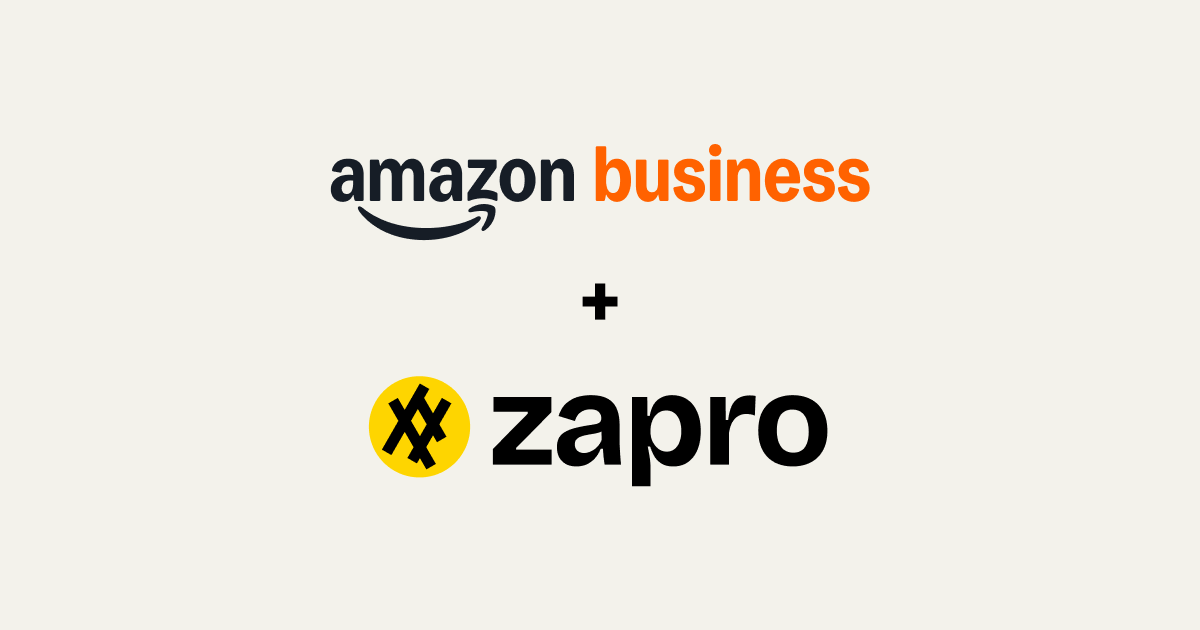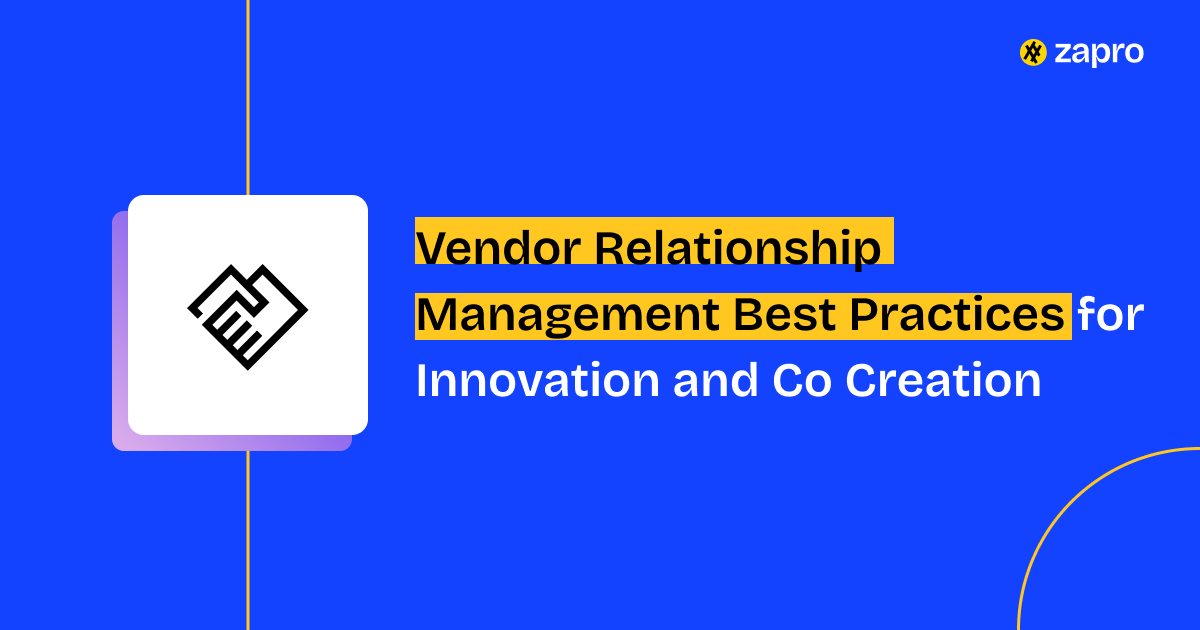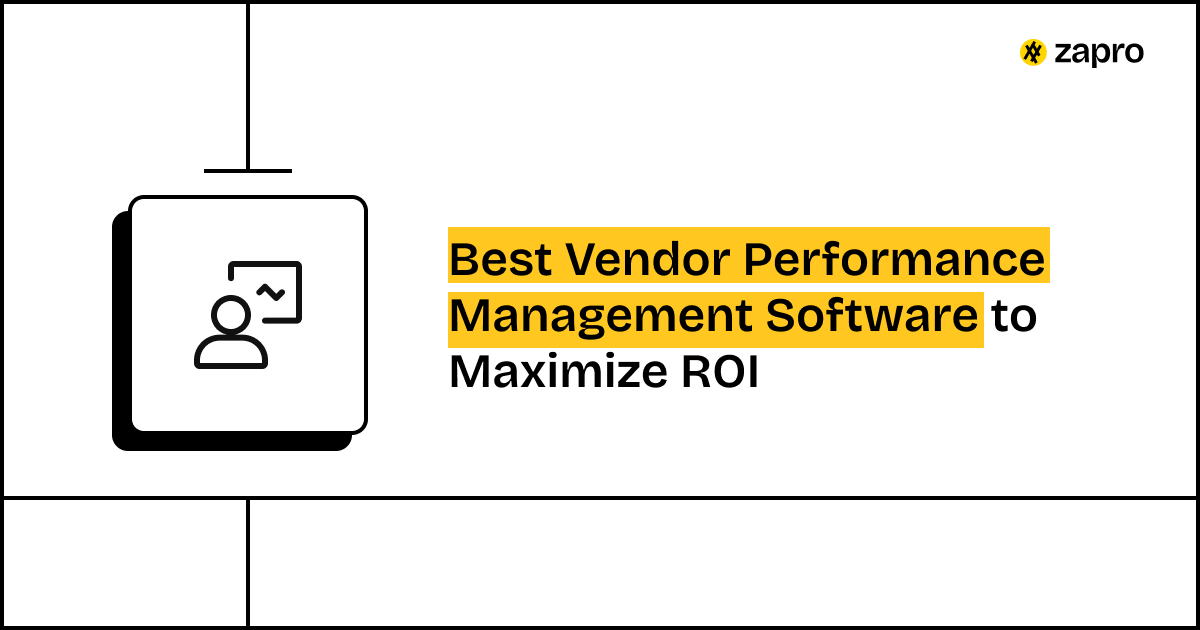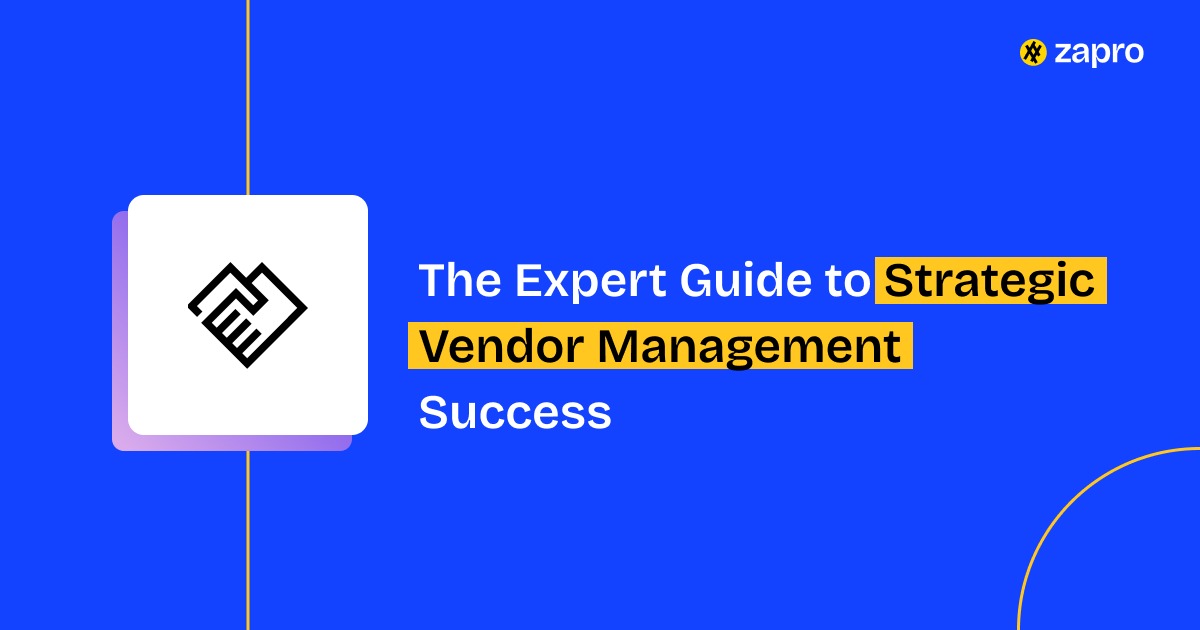A few decades ago, procurement’s main achievements were kept simple: cut costs, secure supply. Fast forward to the present day, and procurement’s mission is completely different and demanding. Currently, irrespective of the industry, product cycles have been shortened to satisfy the growing customer expectations, and securing supply is only the ante. The real game is innovation.
If your critical vendors are still treated merely as transactional order fillers, you are missing the most powerful engine for change your company has access to. The future belongs to organizations that can successfully leverage vendor innovation partnership to create products, processes, and business models that wouldn’t have been possible alone.
This guide is about transforming those transactional relationships into strategic engines of growth. We will explore how to identify partners, structure supplier co creation frameworks, manage the complexities of intellectual property, and foster a culture of shared success to unlock entirely new streams of value.
Beyond Cost Savings: Vendors as Innovation Catalysts
Innovation is too important to be siloed within your R&D department. The biggest breakthrough might come from the supplier who sees your challenges from a different industry perspective.
The Strategic Imperative of Supplier Led Innovation
In a company’s Total Cost of Goods Sold (COGS), often, it is the suppliers who account for 50% to 70%. Therefore, it is clear that they are key to exerting immense influence over profitability and quality. Besides these qualities, they also hold expert knowledge:
- Market Insight: Working with numerous companies that resemble yours, suppliers often get lucky in seeing and analysing the evolving trends before you do.
- Technology Depth: With immense knowledge, they know everything about techniques, specialized tools, and other materials that your company can replicate internally.
A vendor innovation partnership helps pool in new ideas that are strategic because it taps into this massive external brainpower and accelerates your speed to market.
Learn about vendor management software.
Shifting from ‘Buying’ to ‘Co Creating’ Value
Traditional procurement is about buying a defined deliverable. Supplier co creation is about investing in a shared outcome. This shift in mindset is foundational:
- Transactional Mindset: Focuses on short-term price, fixed specifications, and penalty clauses. The vendor takes minimal risk and offers minimal value beyond the contract.
- Co Creation Mindset: Focuses on long-term vendor negotiation, shared objectives, flexible specifications, and joint rewards. Both parties contribute unique resources to achieve a mutual goal that neither could achieve alone.
This commitment to joint development with suppliers transforms the dynamic from a buyer-supplier relationship into a true strategic alliance.

Steering committees and supplier innovation events help Innovation Champions drive 59% and 39% more supplier innovation, respectively — but only when leveraged consistently.
Identifying and Engaging Innovative Suppliers
Not every vendor is ready for a vendor innovation partnership. You need a structured approach to filter your portfolio and engage those with true potential.
Scouting for Emerging Technologies and Capabilities
Have a keen mindset in learning about what your suppliers are doing outside of your contract.
- Continuous Market Scanning: Set up a team that can visit and run trade shows, do patent filings for you, and generate industry reports that turn out to be your source for identifying suppliers who are leading their field in emerging technology.
- Capability Mapping: While some maintain comprehensive vendor profiles to track historical performance, they cull out the data from the profile to identify their R&D spend, patents filed, and key personnel.
Assessing a Supplier’s Innovation Culture and Capacity
Innovation is inevitable, and it is seen as a cultural trait – it is more than a line item on your income statement.
- Willingness to Experiment: Find out whether the supplier sticks to the established processes or is ready to explore, experiment, or welcome calculated risks for potential future gain?
- Financial Health: Without financial stability, it is impossible to invest resources in uncertain, long-term projects. Make a list of suppliers who are financially stable.
- Openness to Feedback: Keep a track of suppliers who take your strategic inputs and feedbacks in a constructive way and implement it into their own product roadmap.
Learn about vendor relationship management.
Elevate Your Vendor Relationships Beyond Transactions

Building a Pipeline of Innovation Partners
Strategic innovation sourcing requires a formal process for engaging partners at different stages of development, from promising startup to established technology leader. Dedicate time for “vision sharing” sessions where you share your five-year technology roadmap, inviting suppliers to respond with ideas for collaboration.
Frameworks for Successful Vendor Co Creation
Upon identifying a partner who is innovative and beneficial to your business, you need a safe, structured environment to work together. These agendas describe the rules of engagement for joint development with suppliers.
1. Joint Development Agreements (JDAs)
Joint Development Agreements (JDAs) outline what is agreed between both the parties about scope of work, resources needed, feasible timelines, and essential success factors for different projects in particular. These remain the pillars of most large-scale supplier co-creation efforts. The perfect Joint Development Agreement covers essential details like IP rights and exit clauses, empowering the teams to focus on the technology and not the lawyers for future lawsuits.
2. Open Innovation Challenges and Hackathons with Suppliers
In crucial times, immediate problem resolving, open innovation with vendors through challenges or hackathons is more productive and yielding compared to other methods.
- Challenge Structure: Come up with a realistic and challenging problem (say, for example, “How can we reduce the weight of Product X by 10% without changing the material?”) and thereafter, send out a common invite to all suppliers to submit proposals or prototypes.
- Rapid Prototyping: Helps to get diverse ideas quickly from conventional events that often bypass the dull and boring traditional, slow R&D gate process. Time wouldn’t be a stalling factor to get new ideas quickly – anymore.
3. Early Supplier Involvement (ESI) in Product Development
Early Supplier Involvement (ESI) in Product Development helps involve suppliers from the starting stages of the design process for strategic gain. The inclusion happens even before the specifications are finalized. The outcome of the design is ensured to be at its best with this move, taking into account factors such as cost saving, feasibility, associated latest technology, and prevention of reworks.
4. Creating Dedicated Innovation Hubs or Labs
For a healthy vendor innovation partnership, establishing a dedicated physical or virtual space is the right approach. This instills commitment in team members and offers a neutral, secure environment for everyone to collaborate, fostering a sense of shared mission and accelerating the joint development with suppliers.
Managing Intellectual Property (IP) in Co Creation
IP is the subtle and yet important element in supplier co creation. Claiming ownership or appointing responsible ones right from the scratch is non-negotiable for open innovation with vendors.
Clear IP Ownership and Licensing Agreements
Define the ownership structure upfront:
- Background IP: IP owned by either party before the project starts. This must remain separate.
- Foreground IP: New IP created specifically during the joint project can be owned solely by one party (often the buyer) with a royalty free license to the supplier for manufacturing, or it can be jointly owned. Clarity prevents future legal battles.
- Exclusive vs. Non-Exclusive: Defining the exclusive innovation rights guarantees that the new ideas and actions that sprout from it are kept hidden from competitors. Otherwise, the supplier is not bound by any guidelines and can offer it to other clients after a set period.
Protecting Confidential Information and Trade Secrets
Strict non-disclosure agreements (NDAs) are mandatory and should be well-defined in the contract. However, mutual trust is the key to staying intact. Use technology to provide secure document exchange and control access. This ensures that all the essential data is only viewed by those with a precise need to know.
Fostering a Culture of Shared Risk and Reward
Vendor innovation partnership is attained by the fair play of both parties. While one enjoys the profits and the other suffers through the losses or failures, the bonding is broken, leading to the ultimate collapse of all the efforts and the business.
Performance-Based Incentives for Innovation
Shift payment models away from fixed costs. Implement structures that reward success:
- Milestone Bonuses: Make sure that whopping bonuses are given only when the said metrics are achieved within the defined timeline (e.g., first to market, patent granted).
- Revenue Sharing: Agree to share a percentage of the revenue generated from the new product or process for a set period. This is the strongest signal of commitment to supplier co-creation.
Equitable Risk Sharing Models
Innovation involves failure. How you handle failure defines your partnership.
- Shared Investment: If the supplier invests engineering time and you invest capital, structure the agreement so that losses are absorbed proportionally should the project be cancelled before completion.
- Buyback Guarantees: Buy the tools and materials that the supplier bought/subscribed particularly for the project, if you terminate the agreement without cause.
Celebrating Joint Successes and Learning from Failures
Many companies miss celebrating in a big way (publicly) the supplier’s contributions when a joint product launch – never follow these footsteps. On the flipside, when there is a failure, treat it as a common mishap and share the learning experience. Avoid the chaos and blaming each other, do in-depth research on what went wrong, and be ready to steer clear in such situations in the future.
Overcoming Challenges in Vendor Innovation Partnerships
Strategic innovation sourcing is difficult because it requires blending two different organizations.
Bridging Cultural and Organizational Gaps
Supplier’s team, procurement, and R&D should work together by organizing joint workshops and cross functional team building to break down silos. Any gaps that prove to be creating shortages in production between your organization’s pace and the supplier’s process must be addressed without any delay.
Ensuring Alignment on Strategic Objectives
Innovation in your company should go hand-in-hand with your strategy and corporate goals. Therefore, the vendor innovation partnership should be periodically reviewed to make sure that the project still senses in light of changing market conditions, preventing valuable resources from being spent analysis on obsolete ideas.
Resource Allocation and Prioritization
Innovation projects often compete with core business operations for resources. Assign staff from internal teams to manage the joint development with suppliers and see to it that the project prioritization doesn’t derail by urgent operational demands.
The Role of Technology in Scaling Vendor Innovation
You cannot manage a pipeline of hundreds of innovation ideas and dozens of suppliers co-creation projects using spreadsheets and email. Technology infrastructure is the need of the hour.
Idea Management Platforms and Collaboration Tools
Ensure all the new ideas submitted through open innovation with vendors are recorded for later use and accessed through a centralized platform. These platforms should allow for transparent scoring, feedback, and progress tracking, ensuring no good idea gets lost. Secure document sharing and real-time communication features are non-negotiable for effective strategic innovation sourcing.
Data Analytics for Identifying Innovation Opportunities
Analytics should go beyond spend. Utilize tools to analyze supplier performance variance, quality trends, and market intelligence. This data can pinpoint areas where a collaborative solution is urgently needed (e.g., a supplier with high quality but inconsistent delivery needs a joint development with the suppliers’ project focused on logistics optimization).
Conclusion: Innovate Together, Grow Together
Change is inevitable, and to innovate is to bring about the change that is beneficial for all. By choosing a vendor innovation partnership, you meticulously increase your capacity to achieve this goal.
Moving to supplier co-creation is not just a matter of adapting to the new system or environment. It is all about sharing success and failure equally, taking total responsibility as a team. In other words, it is considered a fundamental shift in strategic innovation sourcing that converts procurement from a transactional function into a powerful catalyst for growth. The time and effort vested in constructing these vigorous, trusting relationships will be reimbursed manyfold in sustained competitive advantage and market leadership.
Are you ready to start leveraging your supplier network for true innovation?
Explore how Zapro can help you identify, track, and manage your joint development with suppliers.

Transform Vendor Partnerships into Innovation Powerhouses
Zapro transforms suppliers into strategic innovation partners. Foster co-creation, drive growth, and stay competitive.
FAQ
1. What tools are available for vendor relationship management?
Vendor relationship management tools include contract management systems, supplier portals, performance tracking dashboards, and communication platforms that centralize vendor data and interactions. Zapro combines all these into one seamless platform, making vendor collaboration smarter and more efficient.
2. How can vendor management improve procurement outcomes?
Effective vendor management boosts procurement by ensuring better pricing, consistent quality, timely delivery, and reduced supply chain risks. Zapro empowers teams with real-time insights and automation to drive smarter, faster procurement decisions.
3. What metrics or KPIs indicate strong vendor relationships?
Key KPIs include on-time delivery rate, quality defect rate, cost savings, responsiveness, and contract compliance. Zapro tracks these metrics effortlessly, helping you measure performance and build high-value vendor partnerships.
4. How often should vendor relationships be reviewed or assessed?
Vendor relationships should be reviewed at least quarterly, with deeper assessments annually to align on goals, performance, and opportunities. With Zapro, you can automate reviews and stay proactive in managing vendor success.
Don’t miss our weekly updates
We’ll email you 1-3 times per week—and never share your information.
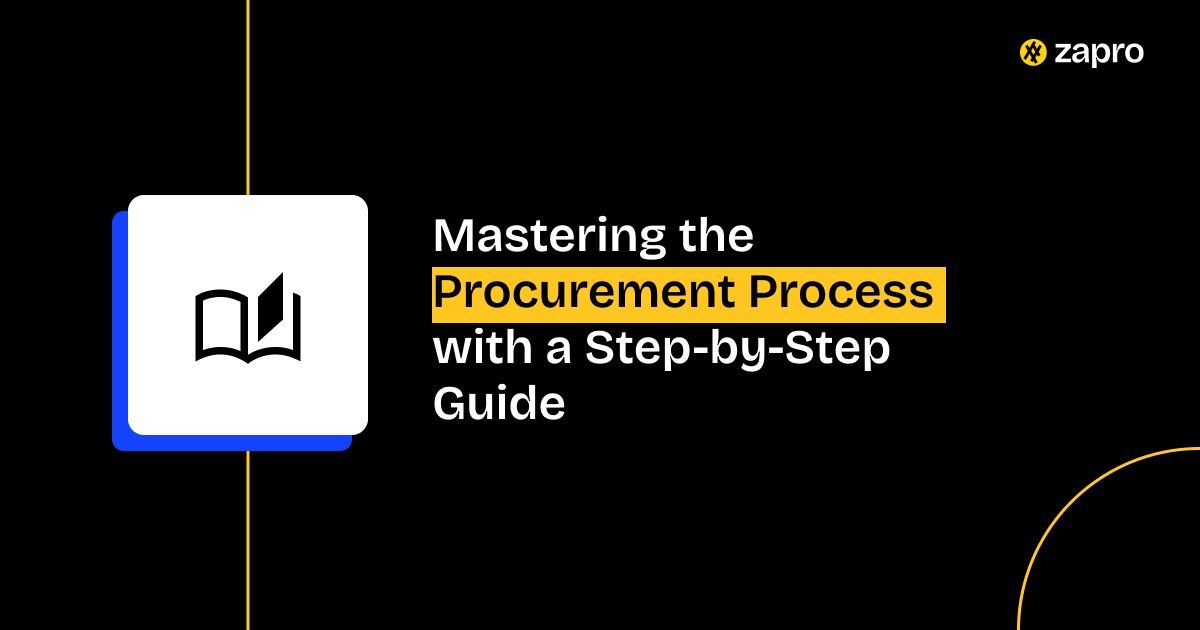
 Healthcare
Healthcare Financial Services
Financial Services Technology
Technology Venture Capitalist
Venture Capitalist Chief Procurement Officer
Chief Procurement Officer Chief Financial Officer
Chief Financial Officer